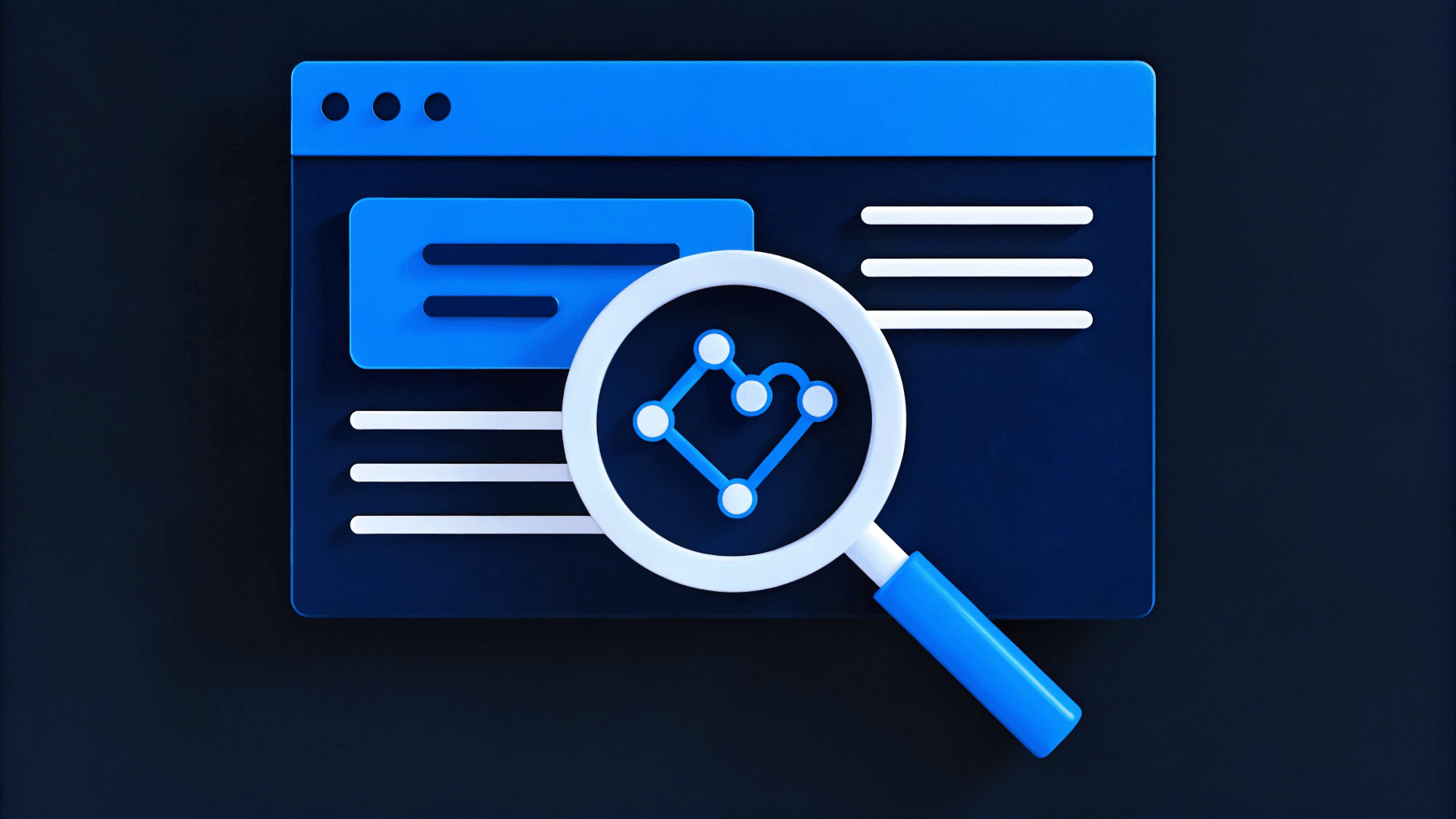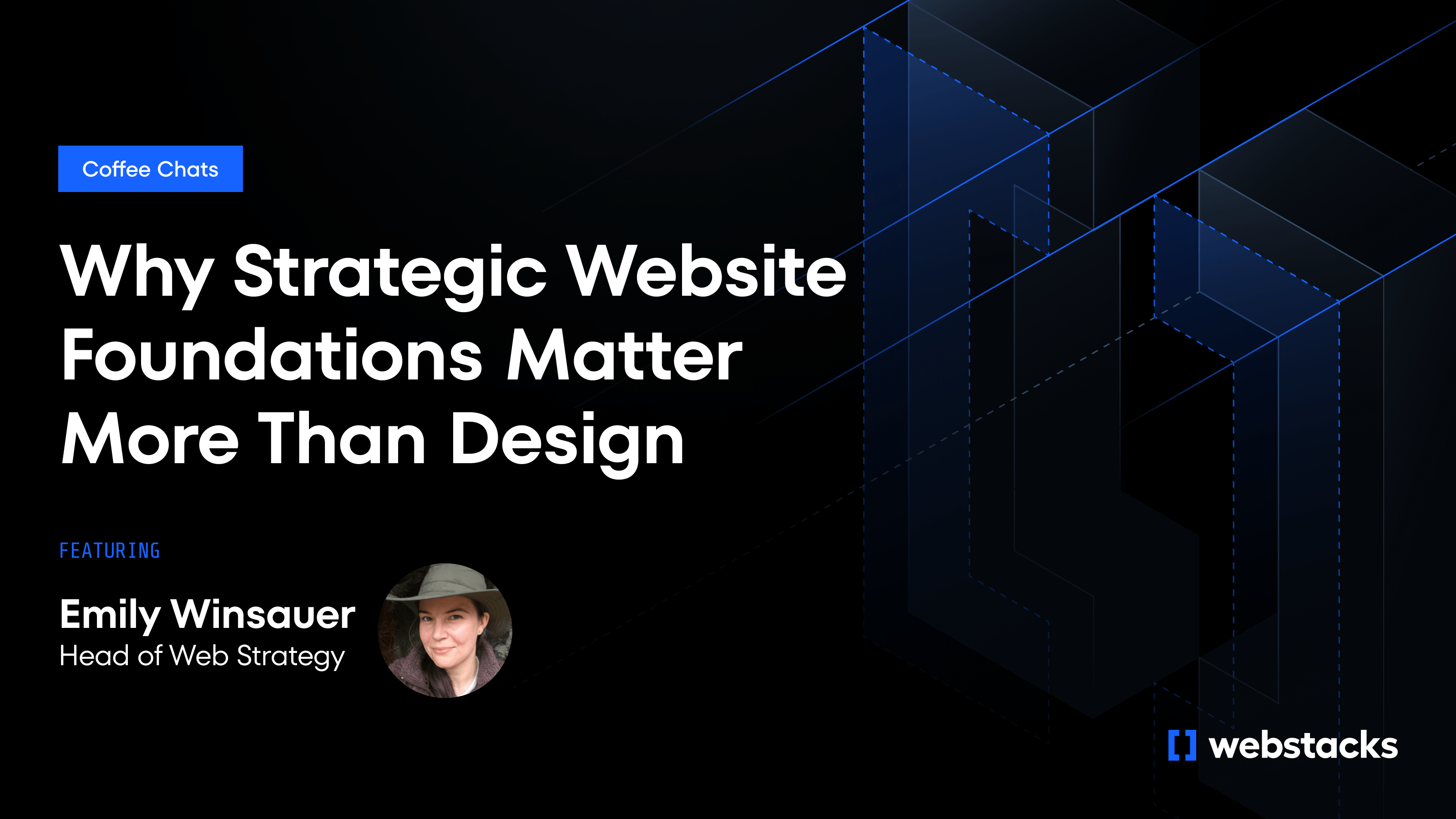Sitecore has long been the go-to for enterprise content management, but it’s showing its age. Teams locked into its heavyweight .NET architecture face rising licensing costs, slow release cycles, and mounting friction when trying to move fast or scale across channels.
Many are now shifting to headless CMS platforms that offer faster workflows, lower maintenance, and more flexibility for both developers and marketers. Instead of wrestling with rigid templates and limited integrations, you can build with modern frameworks, preview instantly, and deploy across any channel.

Why Sitecore Isn't Cutting It for Some Teams
Sitecore offers a robust feature set, but its monolithic architecture slows you down. Adding a new channel or swapping in a third-party service often requires backend deployments instead of a quick API update.
Costs add up fast. Licensing fees grow with every extra site or feature, and implementation still depends on specialized .NET developers. That means your marketers sit in ticket queues instead of launching pages.
The biggest hit is speed. Where a headless team could launch a microsite in a day, Sitecore teams often face delays from template changes, deployment windows, and QA cycles. Projects that should take hours drag into weeks.
What A Headless CMS Should Have
Not all Sitecore alternatives are equal. The best options stand out across four key areas—and missing even one can create new bottlenecks. A good headless CMS should support fast iteration, reduce engineering overhead, and adapt as your content needs evolve. Replacing a legacy system means rethinking how your team builds, collaborates, and grows. The best tools stand out with capabilities in the following areas:
- Architecture flexibility: A modern CMS should be API-first, cloud-native, and composable. That means you can add channels or swap services without triggering full rebuilds—something Sitecore often makes difficult.
- Marketer usability: Your content team should be able to build and launch without relying on developers. Look for visual editing, drag-and-drop tools, and clear workflows. Sitecore's interface usually requires training and slows release cycles.
- Total cost of ownership: Sitecore often comes with high licensing fees, custom hosting, and paid support. Headless SaaS platforms offer transparent, usage-based pricing with built-in upgrades, so you're not paying extra just to stay current.
- Enterprise-grade capabilities: Features like role-based permissions, localization, analytics integrations, and SLAs still matter. Top headless platforms meet enterprise standards without the heavy lift of major version upgrades.

Best Sitecore Alternatives
If Sitecore feels too rigid, expensive, or slow to launch, you’re not alone. Many teams are looking for platforms that offer faster iteration, lower overhead, and better support for modern development workflows. The alternatives below each solve these pain points in different ways, depending on your team’s structure and priorities.
Most Marketer-Friendly Alternative: Storyblok
Storyblok gives marketers real editing power without locking developers into a rigid system. The visual editor shows changes instantly, and reusable components make page-building fast and consistent. Seat-based pricing works well for mid-market teams, and the intuitive interface means content teams don’t need developer support to ship updates.
While the plugin ecosystem is still growing and advanced integrations may require custom work, Storyblok handles structured content, localization, and workflows out of the box. It’s the best fit for teams who want a composable CMS that’s easy to adopt, without sacrificing flexibility or speed.
Best Developer-First Headless Platform: Sanity
Sanity gives developers full control over content models and editorial workflows. The Content Studio is open-source and customizable in JavaScript, so you can tailor the authoring experience to match your stack and processes.
Its Live Content API delivers real-time updates, letting marketers preview changes instantly and collaborate without refreshes. The tradeoff is a steeper setup curve. You'll need time for initial configuration, and non-technical users may need onboarding. But once it's in place, Sanity is ideal for complex, multi-brand sites where flexibility, structured content, and custom workflows matter more than out-of-the-box templates.
Best Enterprise Solution: Contentful
Contentful is built for scale. It handles thousands of pages, languages, and brands with structured content models that push to any channel: web, mobile, kiosk, and more.
New AI features support faster localization and personalization without needing to rebuild your stack. Editors get a clean UI, marketers get strong localization tools, and developers get robust APIs and documentation.
Pricing can scale quickly, and advanced features often require technical support. But for large teams managing global content from a single source of truth, Contentful offers the structure and flexibility enterprise teams need.
Best for eCommerce: Builder.io
Builder.io combines a visual editor for marketers with full code control for developers. Marketers can build and update pages in minutes, while devs work in their own frameworks and add custom React components as needed. Its Qwik-based rendering delivers sub-100ms load times, ideal for eCommerce performance.
The platform shines during high-velocity campaigns. Growth teams can A/B test, launch promos, and tweak product pages without waiting on dev cycles. Developers stay focused on custom logic instead of minor updates.
Pricing scales with usage, and teams may need time to master complex workflows. But for retailers prioritizing speed, performance, and collaboration, Builder.io keeps experiments moving and pages live.
Best for Fast-Moving SaaS: DatoCMS
DatoCMS is built for speed. Developers get structured content, a clean GraphQL API, and predictable schema migrations, making it easy to deploy and iterate without heavy setup. You can set up an environment in minutes and start migrating content immediately. Editors get localization tools, reliable media management, and a clean UI that stays out of the way.
The tradeoff is depth. Features like real-time collaboration are less mature, and usage-based pricing can scale quickly with growth. DatoCMS works best for engineering-led teams that want to move fast without drag-and-drop bloat. It keeps your content stack lean and aligned with product release cycles.
Why Sanity is Our Top Choice
Sanity is the best pick for teams that need flexibility, speed, and structure as they grow. Developers get full control over how content is organized, and editors can work in real time without waiting on long dev cycles.
Instead of rigid templates, Sanity lets you define custom content types and reuse them across sites, apps, and channels. This keeps things consistent and makes it easy to scale—whether you're adding new brands, languages, or teams. The editor experience is fast and collaborative. You can see who's editing what, preview updates instantly, and publish without delays.
Sanity Studio is open source and fully customizable, so you can tailor the interface to match your workflow. Developers can update content models just like code and deploy changes through existing tools. For teams moving off Sitecore, Sanity offers the right mix of control and usability. It supports structured content at scale without slowing you down.
How Webstacks Can Help
Webstacks gives companies a strategic edge when moving to headless CMS solutions. We specialize in composable website architecture, creating digital experiences that function as growth infrastructures rather than just collections of web pages.
Our focus is on building marketing systems that evolve easily and convert visitors into customers.
Our headless migration expertise guides teams through smooth transitions during a website migration, cutting time-to-market and boosting agility. We work with you to make sure your shift from traditional systems to modern, scalable, modular architectures goes smoothly.
Whether you're considering CMS implementation, website redesign, or WebOps services, Webstacks is ready to strengthen your digital strategy. We help you build future-proof infrastructure that gives your marketing team the flexibility and innovation capabilities they need to succeed.




